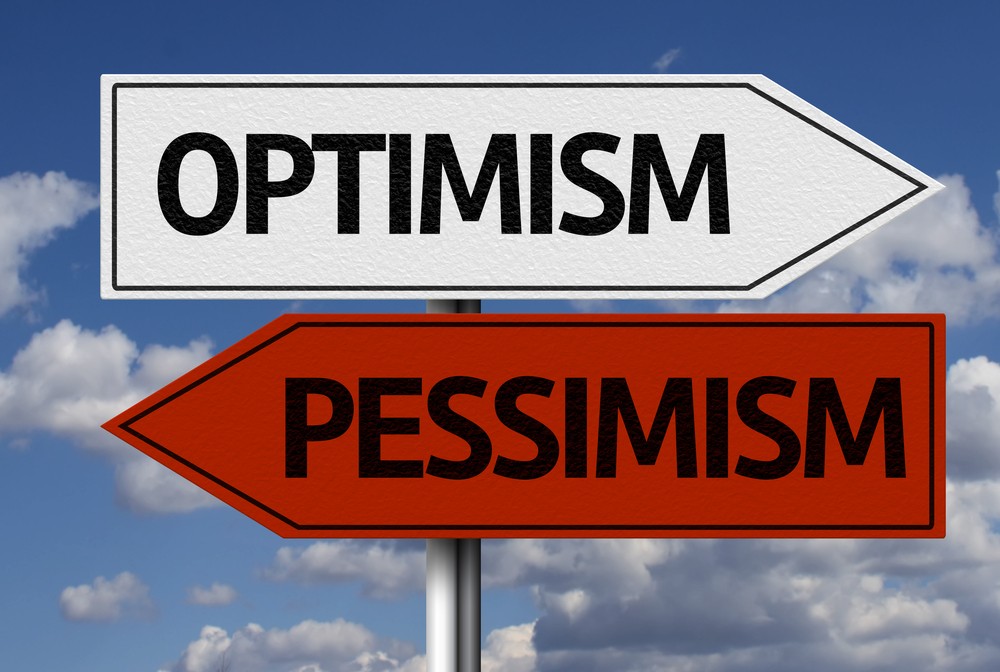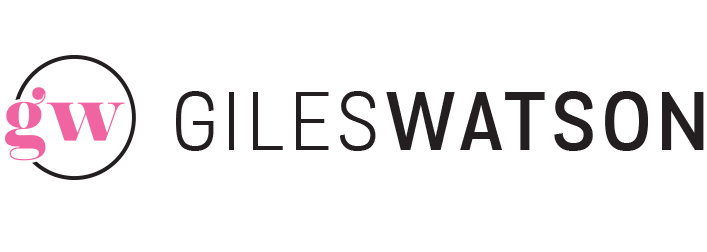
27 Sep Optimistic pricing for pessimistic lawyers
Lawyers are often – and accurately – associated with the trait of pessimism.
That makes sense: to be a good lawyer you need to focus on the potential negatives and problems so you can solve these problems for the benefit of clients. You need to anticipate and find risk so you can manage it. A confident, positive ‘She’ll be right’ attitude is great for personal wellbeing – but it is not what people necessarily look for in a lawyer.
So, pessimism can actually be a good thing when you get down to the legal work, but what about in pricing?
In pricing, lawyers often come across like optimists in that many consistently scope and then price on the basis of a best-case scenario – assuming a smooth minimal matter with none of the bumps that increase costs. There are many reasons for this – see my blog ‘Low-balls and low costs estimates. Please stop now: it’s silly’ – but at least part of challenge is a ‘hope for the best’ approach to pricing that at face value seems at odds with lawyer’s ‘plan for the worst’ pessimism.
And of course, this approach leads to all sorts of problems in terms of either write-offs or client frustration with costs updates and bills that exceed the estimates.
But it isn’t really optimism. One reason that lawyers scope and price close to a ‘best case scenario’ is that they are pessimistic about their chances of successfully selling the full value of their work and charging the client a realistic, assertive price for it.
How optimistic are you being?
Do you price closer to the worst case-scenario (higher price) or best case scenario (lower price) for any given matter?
In the absence of more detailed analysis, I generally recommend pricing closer to the worst case scenario – or around 70/75% of the distance between a best-case price and a worst-case price for time costed work. This builds in a bit of a buffer for most matters and should mean that your WIP comes in below the estimate. Perfect!
For fixed fee work, the price should be even closer to the worst-case scenario as you are building in a risk premium.
A simple check of how you’re doing on the above is to compare your initial estimate to closing WIP: if WIP (plus all the time you haven’t captured) regularly exceeds the estimate you are probably guilty of optimistic scoping and pessimistic pricing.
Another check for how optimistic your pricing is how you use variables.
(You do list the cost impact of different variables in your costs agreements don’t you? Good, I thought you would. If you don’t you are then pinning your chances of managing client price expectations to a single figure – which is a really crazy, ‘no safety net’ optimistic approach to pricing.)
When you list the factors/variables that might impact price/costs in any mater, do you only list the negative variables – the events or developments that will lead to an increase in costs? If so, not only will the costs agreement look a bit scary and negative, it means you estimate is likely to be on the optimistic side. By listing cost-saving variables as well as cost-increasing variables, the costs agreement looks more positive, you are giving the client some control over costs and it reduces the risk that any estimate is over-optimistic.
Developing an optimistic pricing mindset
The real challenge of course is to develop a more optimistic pricing mindset in costs discussions with clients – so you feel confident and good about quoting a full assertive price for your work, instead of pessimistic low-balling. The below points might help.
- Price isn’t that important.
- How often do you get rejected on the basis of price? If it’s less than 10%, and everyone accepts your rates, you’re not charging enough.
- However often you think you’re getting rejected on price, half of this time price wouldn’t be the reason: it will be because the client didn’t see the value, they thought someone else was better, or they just didn’t like you. It’s just easier for them to say ‘price’.
- Most clients buy on value, not price. Research shows that at least 60% of clients buy on value – and will pay more of a service provider gives them reason to.
- Research also shows that price sensitivity is driven more by perceptions of value and costs consciousness than by actual price – so if you want to get more people accepting your price, focus on communicating value and building trust – not dropping your price.
- The market rate, or competitors pricing, is probably higher than you realise.
- Lawyers often only hear or worry about feedback in relation to lower prices not higher prices – and this impacts their perception of where the market rate is for their level of service/expertise.
- Your price can be justified
- There is nothing unfair or unreasonable about the assertive price you should be charging. You can justify it in terms of both inputs (time) and outputs (client value). Communicating value is a skill that can be learnt – so learn it and develop your confidence rather than low-balling.
- Pricing pressure doesn’t mean you are pricing too much
- Some people just instinctively try to negotiate on price. For business owners or procurement people, it’s just part of the job. It doesn’t mean you are charging too much. They’d still try to negotiate whatever you charged.
- It isn’t personal, so keep you personal anxieties out of it:
- It’s a numbers game – you win most, you lose some. That’s ok. You don’t need to win them all
- It’s not about you, and your intrinsic ‘value’ – its about the value of the outcomes your work can create for the client
How do you keep an optimistic mindset through your pricing discussions with clients?
Giles Watson helps law practices realise their potential.
0404 266174 / [email protected] / www.gileswatson.com.au



No Comments